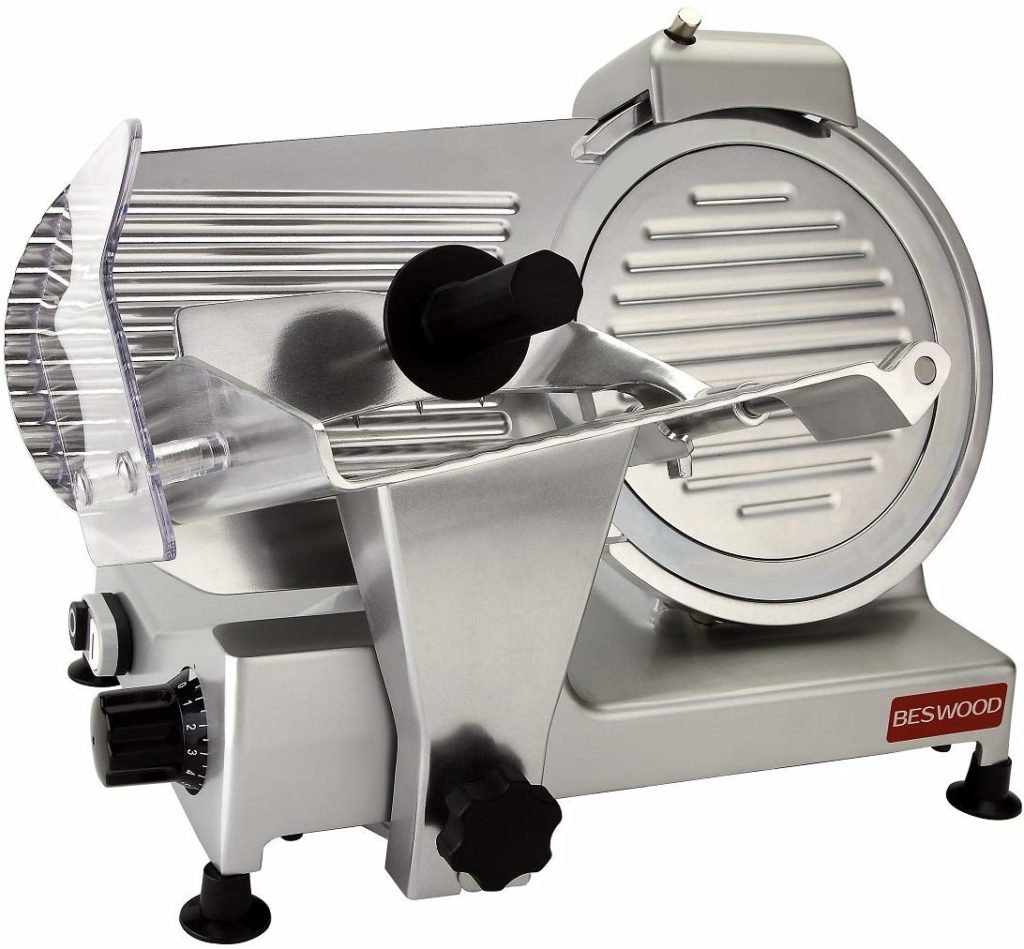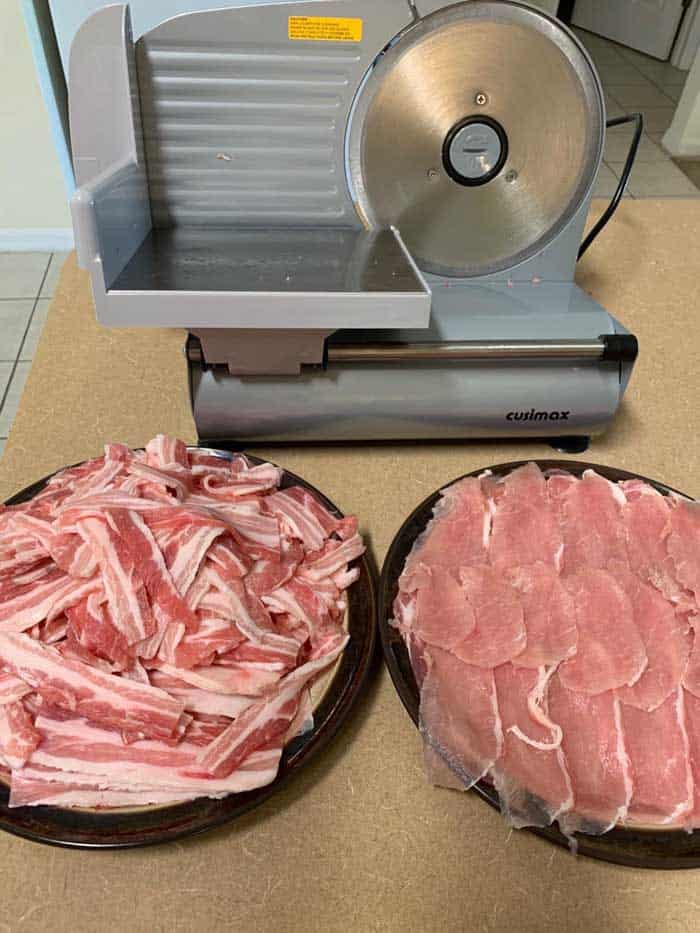

If you are only planning on cutting basic food types and do not plan on putting your slicer through too much labor each day, then you can definitely focus on models with a blade around this size.

Most home-use meat slicers will have a blade with a diameter of around 7 inches, which is more than enough to be able to cut most sandwich meats and some types of vegetables or breads. A stronger motor would enable more variety of food materials to be sliced.īlade size determines how big of a piece of meat you can cut, as well how much of any meat or food product you can cut at one time. A powerful motor like 130 or 240-watts is perfect for slicing vegetables, meats, and even cheese. It is just something to consider when you take your potential usage schedule into account.įor a cleaner and smoother slicing, it is important for the motor to be a minimum power.

That is not to say belt-driven motors are not prone to their own issues or guaranteed to never break down. Belt-driven motors do not have this issue because the internal components use a belt to move the components and power the spinning of the blade, thus there are no teeth that can wear down and complicate the process. The main issue you should be aware of is that gear-driven motors may be more prone to breaking down because the teeth on the gear get stripped over time, preventing it from turning the other mechanisms, particularly if the gears are made of plastic. In some cases, you might find that belt-driven motors give you a higher output (measured in watts), but that is not always going to be the case. There are two general types of motors that you are going to see in meat slicers – gear-driven and belt-driven. However, it is also going to be a more expensive option. The automatic option can slice up to 60 pieces per minute, making it the obvious choice for efficiency.
#MEAT SLICER FOR HOME MANUAL#
These machines work either automatically, by feeding and slicing the meat on their own, or with partial manual assistance, using power to spin the blade but requiring you to guide the meat across the blade for cutting. Electric slicers are generally the best option when you are looking into buying a meat slicer for the home. For those who do not have a lot of arm strength, they can be nearly impossible to use on harder cheeses and other foods. Manual slicers are typically more affordable, of course, because they do not have a motor. The next thing on your list is going to be whether you choose to buy an electric slicer or a manual model. While you might not want a home slicer for a business that has a deli, you could very well find a reasonably priced commercial slicer that fits your home use needs better than any of the other options. The primary consideration in your purchase will be whether you choose a commercial slicer or a slicer that is designed for home use.
#MEAT SLICER FOR HOME HOW TO#
See at Amazon How To Choose The Best Meat Slicer?


 0 kommentar(er)
0 kommentar(er)
